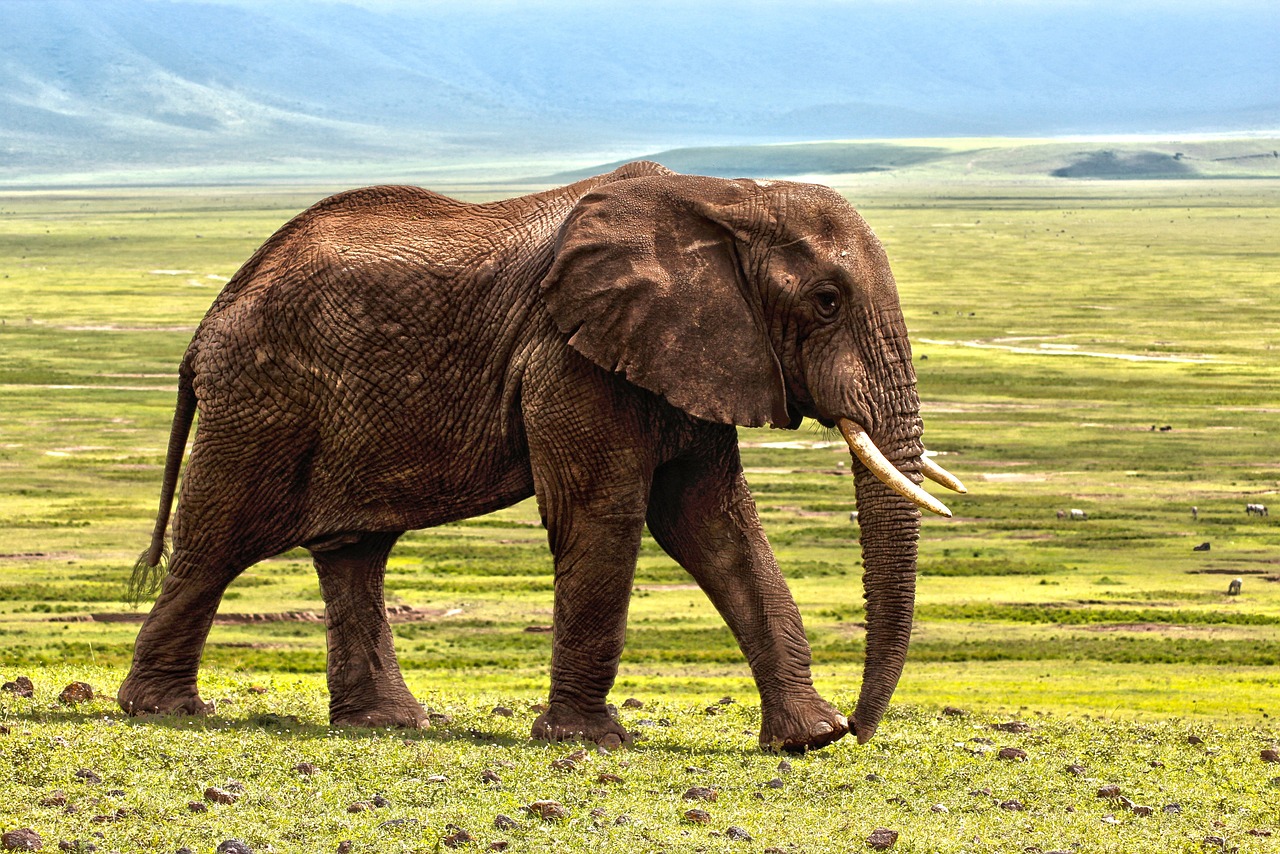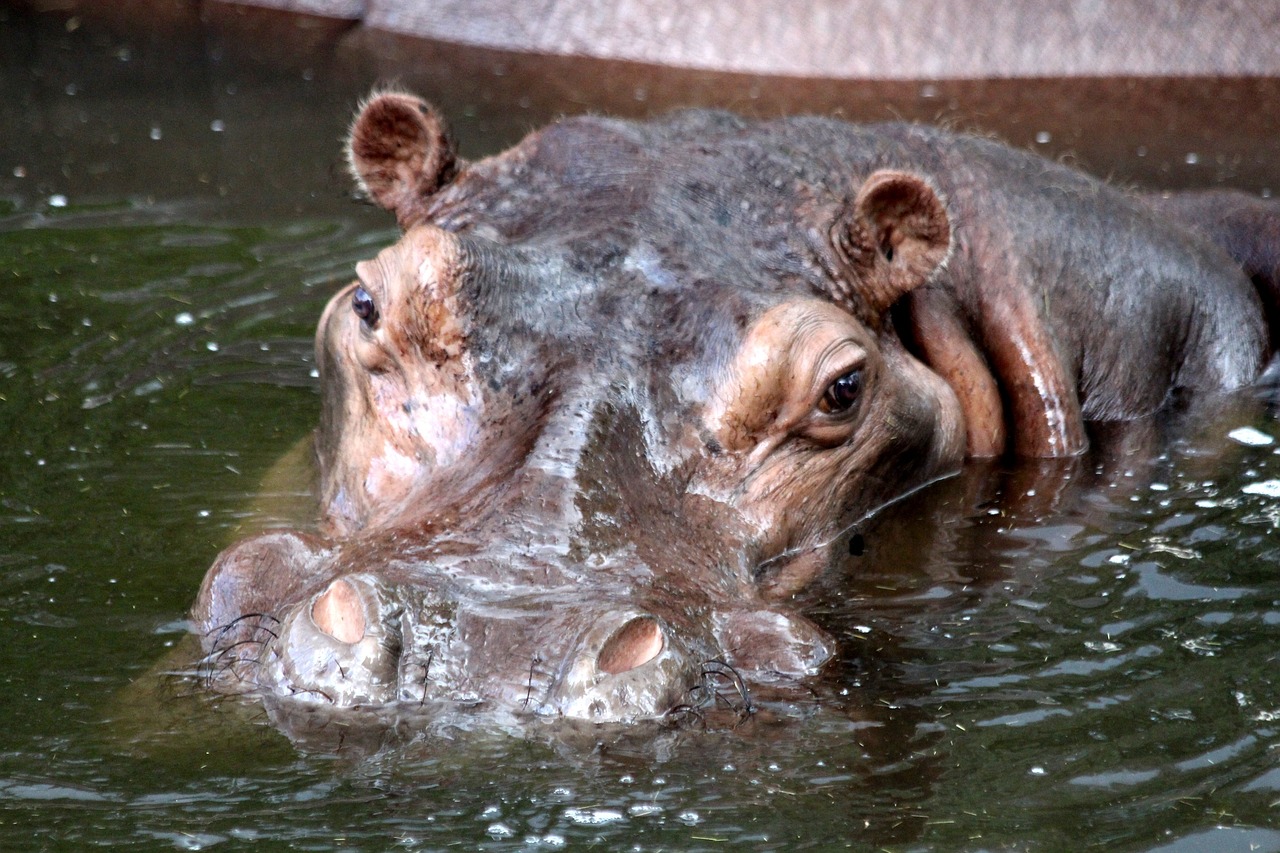The 5 deadliest animals on Earth… Among them are the shark and the elephant.
There are many animals that we feel no curiosity to see, especially due to the violence and ferocity they exhibit towards their prey, even if they don’t seem that way.
What some people don’t know is that there are also some animals that can be lethal and deadly due to their large size and aggressiveness, such as the hippopotamus and the elephant, which we might see as peaceful and friendly.
The other animals listed in this list are among the most lethal in the world due to the diseases they carry. Snakes are considered one of the most frightening animals on this list, but the most astonishing animal is the freshwater snail due to its unimaginable disease transmission.
Therefore, “Seventh Day” reviews the 5 deadliest animals on Earth according to the “a-z-animals” website as follows:
Shark
Around the world, sharks cause several hundred attacks on humans, with an average of only six to seven fatalities each year. In the United States, sharks cause one death every two years.
The species responsible for the highest percentages of fatal attacks are the great white shark, the bull shark, and the tiger shark. More than 375 species of sharks have been identified, but only about 12 of these species are considered dangerous. A shark bite can generate up to 40,000 pounds of pressure per square inch; however, the odds of being attacked and killed by a shark are only 1 in 3.5 million.

The elephant
We usually think of elephants as intelligent and friendly creatures, and they have been a staple in circus shows for many years. The reason behind their good performance is their intelligence, complex emotions, and social structures.
However, their status as the largest land animal means they have a tremendous amount of weight and strength associated with it. Elephants in captivity are capable of anger and revenge, and wild elephants can be territorial and protective of their family members. An average of 500 people are killed each year during encounters with elephants through trampling, tossing, and crushing.

Hippopotamus
The hippopotamus ranks third in size among the largest land mammals after the elephant and the rhinoceros. They are responsible for about 500 fatal human encounters each year, just like the last entry on our list. However, they have earned a higher status due to their reputation for violence and aggression and their extremely aggressive nature.
It is known that hippos attack boats for encroaching on their habitat, and they can use their sharp teeth, which can reach up to 20 inches in length, very effectively. They attack by biting and trampling, and they will keep their opponent underwater until they drown.

Tsetse fly
The tsetse fly is the first among several insects to make our list of the top 10 deadliest animals in the world. It is not the actual bite of the tsetse fly that kills humans, but the resulting infection that proves fatal. The tsetse fly is found in the tropical regions of Africa, and its bite infects the person with a parasite that causes African sleeping sickness.
African sleeping sickness is one of the diseases that is difficult to treat, especially given the lack of medical resources in the region. However, without treatment, the disease is fatal. Due to the remoteness of the region and the lack of verified information, death estimates range up to 500,000, but more reliable sources indicate that about 10,000 people die each year after being bitten by a tsetse fly.

The crocodile
The crocodile is the first major predator on our list of the most lethal animals in the world. The crocodile is responsible for between 1,000 and 5,000 deaths annually, and it is one of the largest, most aggressive, and most dangerous animals in the world.
Crocodiles weigh more than 2,000 pounds, possess immense biting power, and can travel at speeds of up to 25 miles per hour. Crocodiles are the only entry on this list that hunt and prey on humans.
The most lethal species is the Nile crocodile, which lives in the areas surrounding the Nile River. The ancient Egyptians feared it so much that they carried symbols of some crocodile gods for protection against the reptiles.




